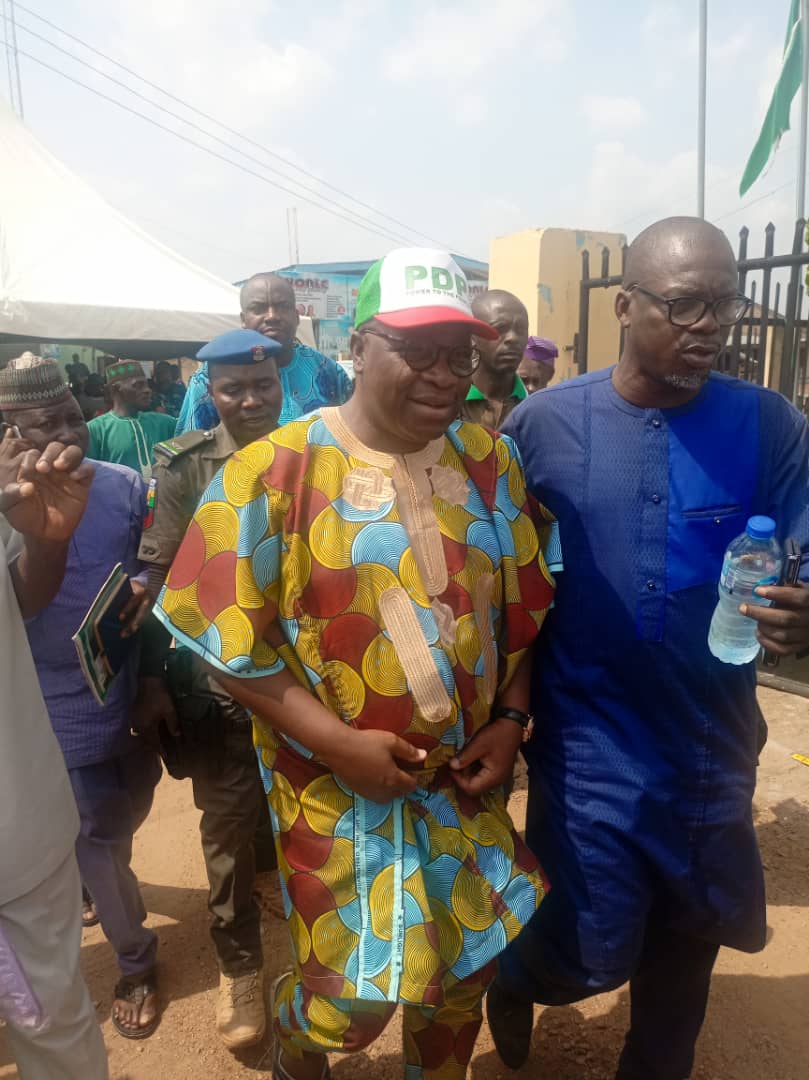As petrol prices inch perilously close to ₦1,000 per litre, Nigeria faces yet another economic storm. Beyond the endless queues at filling stations and the rising cost of daily commuting, the surge in fuel prices is silently reshaping one of the country’s most vibrant sectors: the Integrated Marketing Communications (IMC) industry.
The IMC thrives on energy, movement, and visibility. From powering digital billboards to executing nationwide activations, the rising cost of energy is prompting many agencies to reassess their operations and delivery of value.
The IMC ecosystem depends on mobility; teams move materials, manage outdoor installations, and coordinate logistics for brand campaigns across the country. The cost of petrol, therefore, translates directly into the cost of running marketing operations.
According to Olawale Adegoke, Chief Executive Officer, Nimbus Media, “Energy is a big part of life. It has implications on consumers, especially on consumer movement. Consumers are the target of most publications, so this affects the frequency of their movement.”
Adegoke added that while the immediate impact may appear limited, the long-term implications are inevitable. “This is a festive season, and people will be very busy. I don’t see it affecting IMC that much in the short term. However, clients are already receiving price increases regardless of the fuel price because petrol has been hovering around ₦850 to ₦1,000 per litre, and any additional ₦150 difference is significant.”
Beyond consumer movement, the cost of energy also influences the infrastructure that supports marketing visibility. Many outdoor advertising firms rely on generators to keep digital billboards running, especially in areas with unstable power supply. The high price of diesel has further strained budgets, leaving agencies to choose between reducing screen time or increasing client rates.
ALSO WATCH MARKETING EDGE ONTV
In his opinion, the Head of Business, Optimum Exposure, Anthony Nwabuisi, described the growing challenge of balancing operational demands with cost realities. “It definitely impacts business operations, no doubt,” he explained. “Beyond the fact that our digital billboards and products alternate between public power supply and mechanised energy, we use diesel to power generators. We also rely on operational vehicles to move materials, not just within Lagos but across the country.”
He further noted that logistics costs are now rising in direct proportion to fuel prices. “We will definitely see an increase by the exact percentage of the increment, not just in product display but also in logistics and sales because mobility remains key,” he said. “So, we expect that this will impact business as we go into Q4.”
The implications are not limited to agencies alone. As operating costs rise, brands and advertisers are also adjusting campaign budgets, often trimming physical activations or outdoor visibility in favour of digital media. However, digital infrastructure is not immune either, as higher energy costs affect data centres and network operations that sustain online advertising.
In the long run, industry observers believe that the rising cost of energy may accelerate the IMC industry’s transition towards digital transformation, hybrid campaign models, and energy-efficient innovations.
Nwabuisi summed it up aptly: “We can only hope for some level of stability or a reversal to previous PMS pricing. Until then, every part of the chain from strategy to execution will have to adapt.”
For now, Nigeria’s IMC professionals are learning to do more with less. As energy costs continue to climb, creativity, efficiency, and adaptability may become the new currencies of success in a market where every drop of fuel counts.







Comment
No comments found.